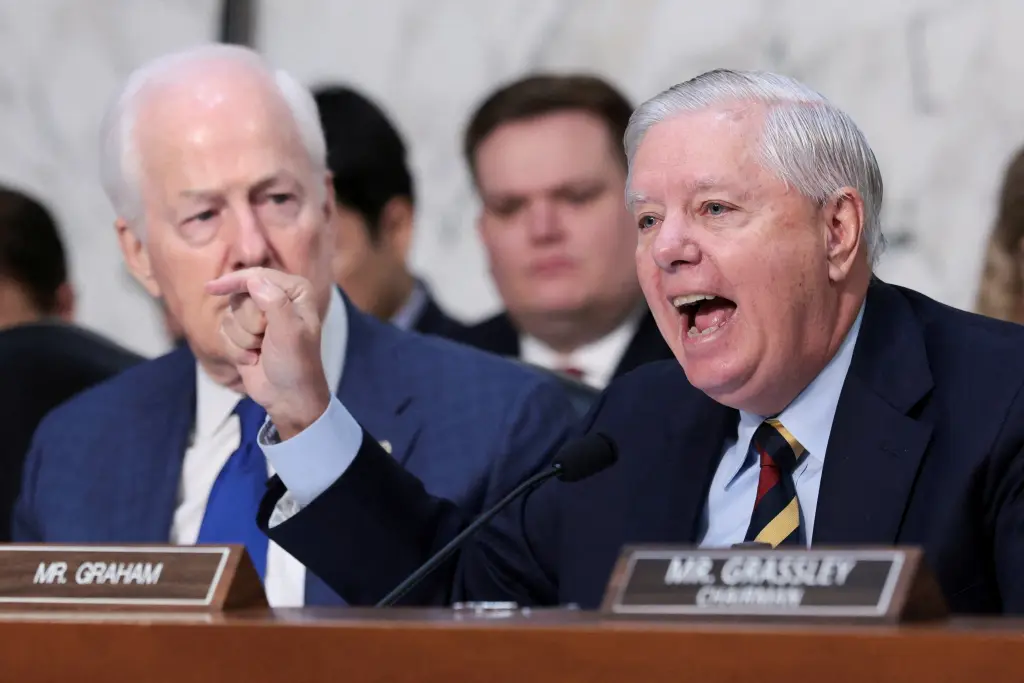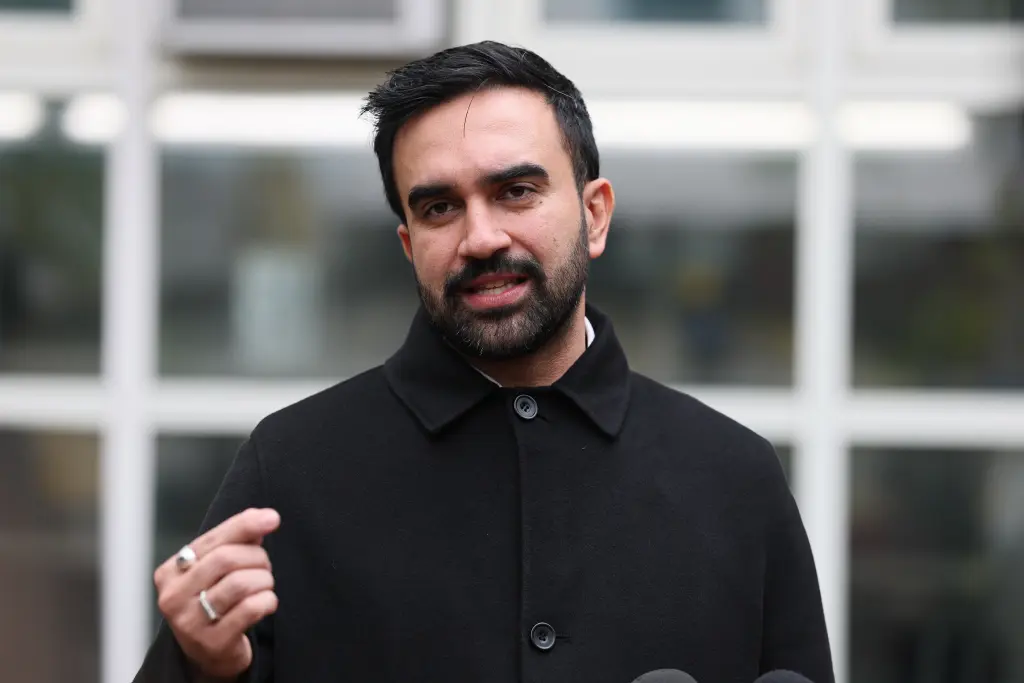New Research Suggests That 1 in Every 4 Adults May Remain Single for Life, Changing the Way We Think About Love and Relationships
There was a time when getting married seemed like the natural next step for almost everyone. It was expected, part of the rhythm of life, something most people didn’t even question. But the world has changed, and so have our ideas about love, independence, and what it means to live a fulfilling life. According to new research, about one in four young adults today may never marry, and many may spend their entire lives single. It’s not just speculation either—the trend is already visible in the numbers. In 2021, roughly a quarter of Americans in their 40s had never married, and by last year, nearly 44 percent of adults were not living with a partner at all. That’s a massive shift compared to past generations.

The reasons for this change are layered and complex. Some people remain single by choice, preferring freedom, independence, and self-discovery over the traditional path of marriage. Others may find themselves single because modern dating has grown more complicated, with busy schedules, shifting priorities, and the rise of digital life reshaping how connections are made. The economic side of it plays a role too. Marriage is not just about romance—it’s about stability, shared responsibilities, and building a household together. In times when the cost of living keeps rising and financial stress is heavy, many delay or avoid marriage altogether.

But being single no longer carries the same stigma it once did. In fact, many celebrate it as a lifestyle, proof that you can live fully without needing to fit into a mold. There are single adults traveling the world, building businesses, raising pets like family, and creating deep friendships that become their support system. For them, life without marriage doesn’t mean loneliness, but rather freedom to write their own story. On the other hand, for those who hoped for partnership but never found the right person, the reality can feel heavier, especially when surrounded by social expectations or when friends begin settling down.
It’s important to see this shift not as a decline of relationships, but as a widening of choices. Living single does not mean living without love. Love takes many forms—friendship, family, community, and even self-love. Some people find deep satisfaction in meaningful connections outside of marriage, and those bonds can be just as important as a romantic one. The idea that life is incomplete without a spouse is slowly fading, replaced by a more flexible view of happiness.

Still, the statistics do highlight how much the social landscape has shifted. A generation ago, the idea that one in four people might never marry would have been unthinkable. Now, it’s a reality that reshapes everything from housing patterns to how we think about aging and caregiving. Questions about who will care for single adults later in life are already being raised, and society will need to adapt to this new normal.
When you look at the sunset and see couples walking hand in hand, it’s easy to assume that’s the only path. But just beyond that, there are millions of people sitting with themselves, reflecting, living, and building a life that might not include marriage at all. They’re not waiting for life to start—they’re already living it, just differently. And maybe that’s the lesson here: whether married, partnered, or single, the measure of a life well-lived is not whether you follow tradition, but whether you find meaning in the way you choose to spend your days.



